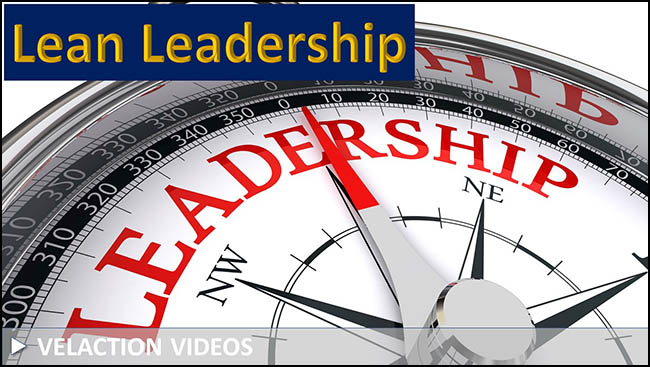Maslow’s Hierarchy of Needs
Abraham Maslow (1908-1970), is a psychologist made famous by his “Hierarchy of Needs”. He proposes that people have a tiered structure of needs, and the most basic of these must be met prior to dedicating attention to more advanced, or higher-order needs. The hierarchy, from lowest to highest, includes:
- Physiological Needs: These are the core needs shared by all living things—food, water, reproduction, etc.
- Safety Needs: Safety has changed in its meaning over time. Most people don’t fear the saber-tooth tiger anymore, but do fear unemployment, or loss of autonomy, or change.
- Love/Belonging Needs: People need to feel like a part of something—softball team, family, cult—whatever fills this need.
- Esteem Needs: People want to be respected. They need to feel a sense of accomplishment.
- Self-actualization: People want enlightenment. The drive for excellence in problem solving and continuous improvement efforts, as well as creative expression falls in here.

Understanding Maslow’s Hierarchy of Needs can help leaders manage their continuous improvement efforts, both within projects and in the scope of overall employment.
For example, one of the most fundamental truths of continuous improvement is that people will only engage in it if they feel safe. If they lack job security, i.e. they feel like making improvements will lead to headcount reductions, they will be unlikely to focus on being a team player (level 3) or going the extra mile (level 4).
In kaizen projects, skipping lunches, working teams late into the evening, or starting projects with a team that is chronically fatigued will similarly prevent teams from working on meeting the higher order needs.

Words of Warning About Maslow’s Hierarchy of Needs
- Maslow’s theories have been scrutinized to a great degree and have some criticism behind them. One of the biggest issues is that there is no data to support or refute his theory. While his ideas have not been debunked, it is surprising that they have become popularized the way they have without any scientific, numerical support.
- Maslow’s Hierarchy of Needs is not universal. Not all cultures place emphasis on group vs. individualism the same way. In some, belonging may be more important than individual needs, changing the order. There are also countless examples of people sacrificing for others, which would tend to show that love and belonging can supersede physiological needs.
- Fear can be distracting. Interestingly, one of the greatest fears people have is public speaking. If a person is fixated on having to present to a group, a common occurrence in continuous improvement, they will not be putting their attention on self-actualization. Basically, they feel unsafe (level 2 in the hierarchy), so they can’t work on the higher levels. Help alleviate these fears, and performance will get a bump.

While Maslow’s theory is most commonly applied by managers, it is also a good idea for team members to have an understanding of the basic psychology behind it. Employees can sabotage their opportunities at a Lean company if they focus on their basic needs while the company has higher expectations.
Most conflicts result from a mismatch in expectations. Even if you, as a team member, don’t share your personal expectations with your boss, make sure you understand them. Actually go through an exercise of writing down what you want to get out of your job, and what expectations your boss has set for you. Look for ways to close the gaps between what you want and what the boss wants. If the gaps seem to be particularly challenging to overcome, you will have to make some tough decisions. This is especially true when Lean takes root and it is apparent that it is more than a flavor of the month. Not all people will thrive in a Lean environment. Those that are not well matched for the constant change tend to suffer.

Level 3 of Maslow’s hierarchy, belonging, poses a particular challenge for leaders. Depending on the culture of the team, it may be at odds with what the company wants. This is especially true in the early going of a Lean journey. There may be distrust in those that embrace change, forcing improvement minded individuals to make a hard decision about which group they want to be a part of. Depending upon which group they choose, the pro-change vs pro-status quo groups, the behaviors that they exhibit and what brings them esteem (level 4) will be markedly different.
A leadership vacuum, or unclear objectives, also makes it much harder for an individual to get a sense of belonging within the company. Policy deployment goes a long way towards defining what the organization is, making it easier to commit to. Leadership presence in gemba (the point where real work is happening) also fills that void.
Manage the conflict between the needs of the organization and the needs of your team. Organizations exist to make money for their owners. A team member’s priorities are generally to their family and themselves. Recognizing the mismatch and dealing with it opens a clear path to higher order needs.
Far too many managers have expectations of their teams leaping to levels 4 and 5 without addressing the more basic ones. When charting a Lean journey, make sure the plan addresses how to assess where people are, and what to do about those that get bogged down battling to have their core needs met.



0 Comments